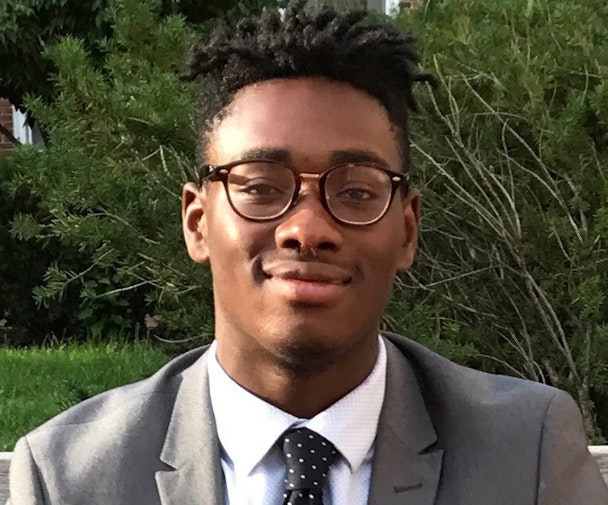Why does a media agency need neuroscience? Mindshare’s Kelechi Nwankwoala explains
As part of our series demystifying industry job titles, Kelechi Nwankwoala, research lead at Mindshare neuroscience unit NeuroLab, explains his role.

NeuroLab research lead Kelechi Nwankwoala explains what his work means for clients / Mindshare
When I was in college I studied biology with a heavy neuroscience focus. I was really interested in neuroscience by the time I left, but I also studied creative writing. I have always been interested in this intersection between art and science and how we can start to use the tools of science to better understand what people like, what they don’t like, or how they’re reacting to things. I think that’s a question that’s relevant to both the arts and sciences.
I had heard about the NeuroLab and it felt like something that was perfectly aligned with my interests. I joined as a junior researcher, pretty much directly out of college at Johns Hopkins, and I’ve been the research lead for the past one and a half years.
On our team, I’m the person who is responsible for the core research tasks. My duties are focused on all the research tasks: figuring out what the study design is, doing the analysis and presenting that back to clients and being the face of the research from beginning to end.
When we start talking to clients, they might have questions about whether or not there is science behind a given strategy. I’m the person who will guide those discussions. I’ll start to ask them questions that relate to something that we can measure or guide us toward an experiment. I’ll do additional research to look at what the existing literature says. And I’ll craft the study design and a proposal if we feel we need additional research to understand that.
We do a lot of projects that are very specifically client-focused – a client comes to us with a question and we put our heads together to answer it. But we also like to do research that leads clients towards what we find interesting, rather than just following the wave.
Not many clients are familiar with neuroscience. The job involves some translation. That means explaining the methodologies, how we’re going to do something why we’re doing it instead of a simple survey. And it means presenting our findings later, usually in a deck.
We have a few different tools. The main ones – and our more flashy ones – are EEG and biometrics. EEG stands for electroencephalogram. It’s the science fiction caps that go on people’s heads. It helps us measure brainwaves and understand the subconscious measures of what people are thinking, how they feel and how they’re reacting.
We also have biometrics – that is, looking at things like heart rate variability, as well as galvanic skin response (the electrical conductivity of your skin, which can tell us about arousal). We also have a few remote methodologies that we’ve taken from the world of cognitive science and psychology during Covid when we weren’t able to do as much in-person testing. Things like facial expression analysis and eye tracking. These allow us to understand the emotions people are feeling on a second-by-second basis and mean we don’t rely on people telling us how they’re feeling.
We do a lot of media matching studies. These are studies in which we take a client asset and place it in different contexts and different market environments, such as Instagram Reels or a news environment or an audio environment. We’ll then check to see how these different contexts are affecting people’s reception of the ad and the effectiveness of the ad overall. People’s perceptions and responses are context-dependent, so it matters where you place an ad.
We’re able to look at different emotions, look at different cognitive responses and then ultimately tell people what channels are really helping, what’s boosting performance and that gets wrapped up into their media strategies.
We also do association testing, which is taken from the world of behavioral psychology. Your brain is contextual, so when you ‘prime’ it, other associated things come to mind faster. The idea is that I say ‘fork’ and then ask you for another utensil – you’ll probably think ‘spoon’ or ‘knife.’
For example, we did a project in partnership with Snap last year, which looked at how consumers engage across different social platforms – and the subconscious associations with each one. It ran across 14 markets, covering about 20,000 people in total.
Brands always want to know what people think of them – whether they think of a brand as innovative, cheap or this or that. Association testing is a long-term measure of how memory structures are changing and it gives us insight into how brand equity can change after an experience.
